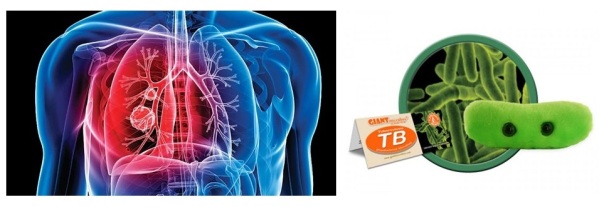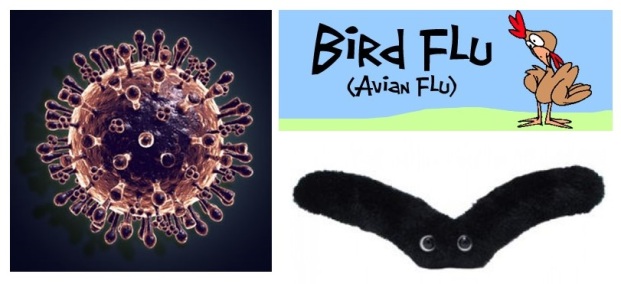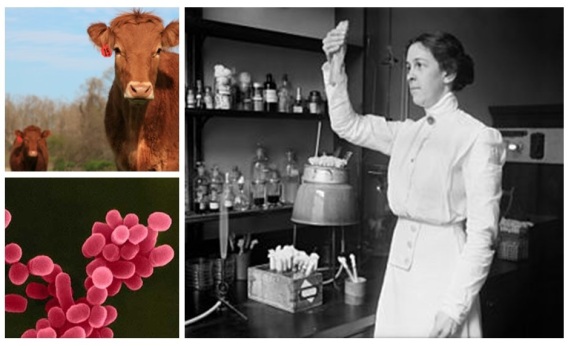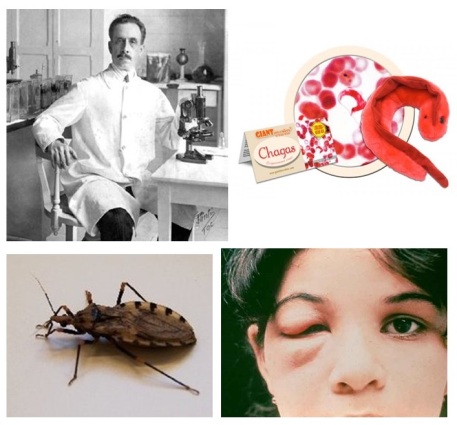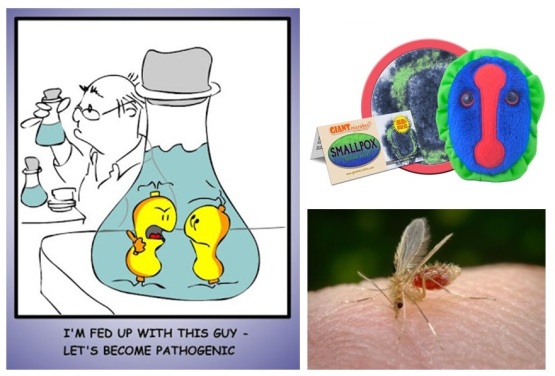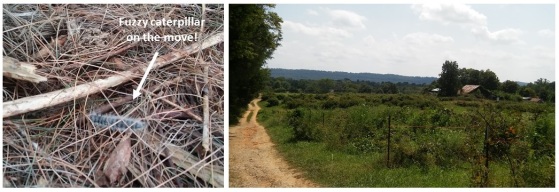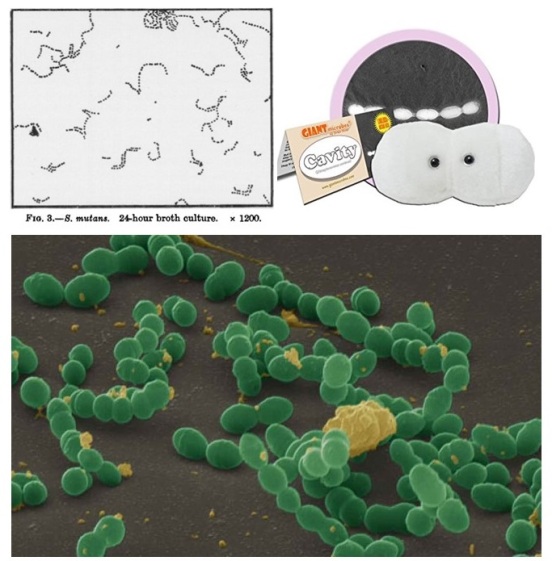Hello everyone and welcome back! Most people, if not everyone around the world has heard about the disease called smallpox. Luckily for us, the last natural reported case of Variola minor was noted in 1977…now 40 years ago! If you live in North America, specifically the United States, did you know that an African slave’s communication to his master helped save lives from a serious smallpox outbreak in 1721?

If you have an extra second to google Cotton Mather, you’ll find a webpage, which documents his achievements and status, and even his involvement in the Salem witch trials. Much less is known about his North African slave Onesimus. Actually, where and when he was born…or died…are not known, but he did walk the earth in the 1700s. He was given this biblical name By Cotton Mather who saw promise in him. He lived in Massachusetts at a time where there were not too many people who looked like him, and was able to buy his freedom in 1716, given specific conditions.
Now, in 1721, there a serious smallpox outbreak in Boston. Five years prior, Onesimus had shared knowledge with Mather on an inoculation method…a form of immunization. Powdered scabs or fluid from a pox blister was rubbed into the skin of the uninfected person, who then acquired smallpox naturally with symptoms that cleared up within a month. Today this is called variolation, although vaccines have replaced it.
Variolation is so named because smallpox is caused by one of two types of viruses. These are Variola minor and Variola major. The virus is transmitted through inhalation, invading the respiratory system, and then moving to the lymph nodes. The virus could be found in the bloodstream within two weeks! If you are a student, can you think of another virus that has been of global concern to humans?
Initial symptoms may resemble that of a common cold, however, persons infected with smallpox develop pustules/blisters filled with fluid on the skin. They may even develop limb deformities and blindness. This infectious disease is said to have originated from another animal, and was then naturally passed on to humans, thousands of years ago.
Although Mather believed in, and used variolation, giving Onesimus credit for the knowledge, though many persons who looked like Mather rejected it, because of their apprehensions to African medical approaches at the time. Only two doctors, including Mather used variolation, seeing a much smaller mortality rate than those who were not immunized.
There was no need for the outbreak of 1721 to be as deadly as it was, however more people later saw that this was a good method, and did use it in subsequent outbreaks. As difficult as it was to implement in North America, and gain widespread recognition, variolation had been long used not only in Africa, but in China as well. So here, we give credit to Onesimus for his great contribution, although at the time, he may not have known its impact.
Take care until next time! 🙂
Follow the links to read more on Onesimus, Cotton Mather, Variolation and smallpox. Credit is given for use of giant microbe smallpox and smallpox image.
p.s. special thanks is given to Dr. Jill Mikucki for inspiring this week’s blog and sharing information on this topic. Thank you thank you!

